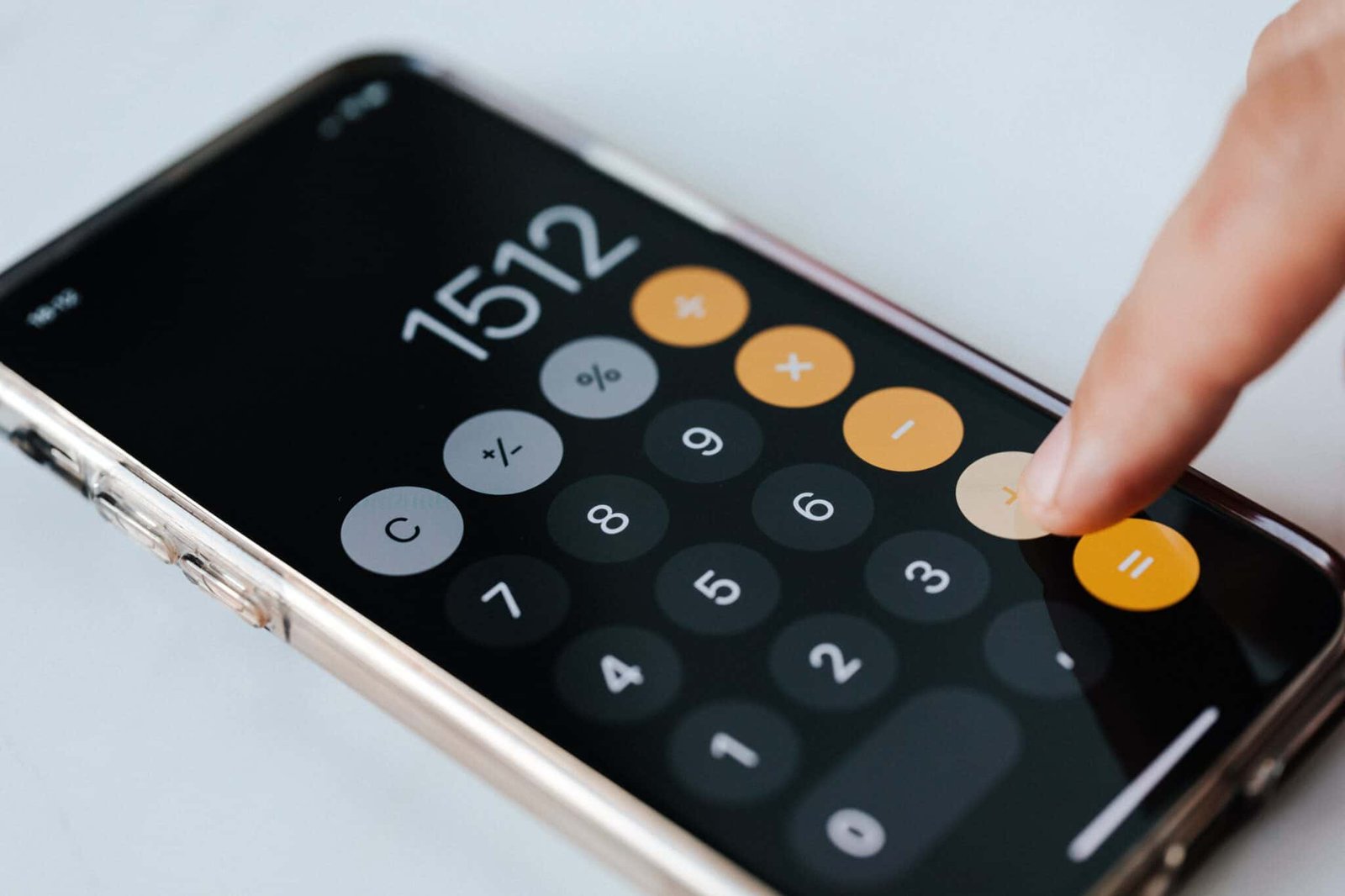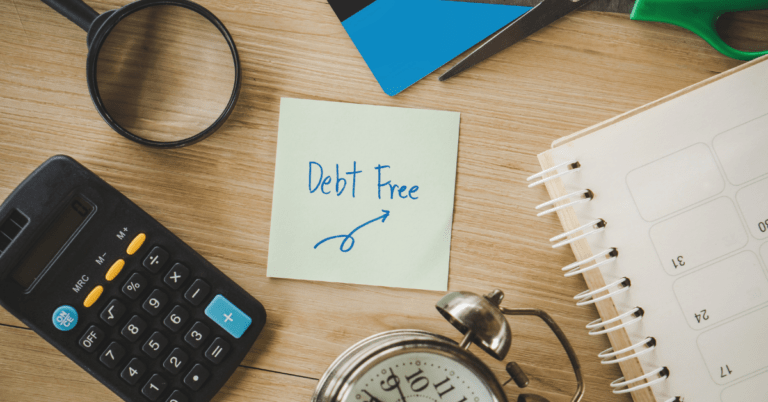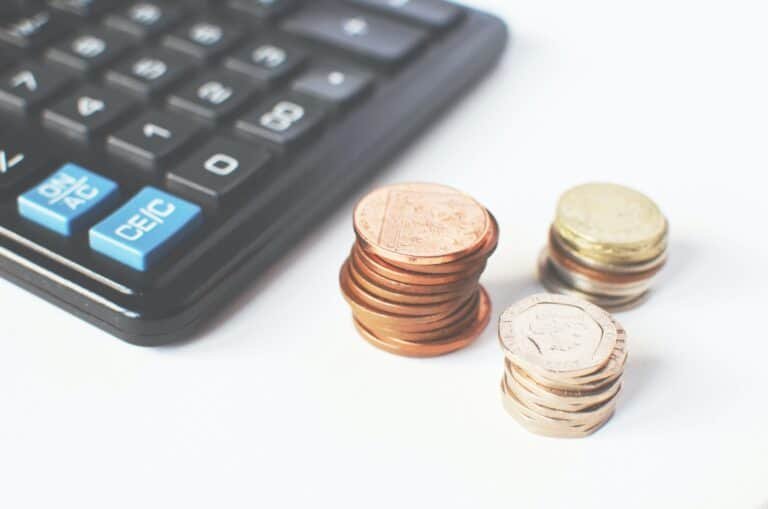How to Pay Off Debt Using the Debt Snowball Method
Want to be debt-free but don’t know where to start? Debt payoff can be challenging when you have several debts with different balances and interest rates. Luckily, the debt snowball method is here to help you pay off debt without stressing out.
Financial advisor Dave Ramsey popularized this debt repayment strategy. And there are numerous success stories about becoming debt-free surrounding it. You get a chance to start pursuing your other financial goals within a shorter time.
Read on to learn how the method works.
What is the Debt Snowball Method?
The debt snowball method involves paying off debt by starting with the smallest balances while making the minimum payment on the larger ones.
Once you’ve paid off the small debt balance, all you have to do is move to the next smallest one. You do that until you no longer have any more debts.
How the Debt Snowball Method Works
If you’re ready to use the debt snowball plan, here are the simple steps to follow:
Step 1: List all your debts.
You first need to organize everything so that none is left out. So, put down all your debts from the smallest to the largest. Remember not to include your mortgage.
The focus here is on the balances and not the interest rates. But if there are any two or more debts with equal balances, start by listing the higher-interest one.
Step 2: Pay the minimum on the larger debts.
Making the minimum payments on all your debts protects your credit score. You also don’t want any additional fees and penalties.
Step 3: Put extra money toward the smallest balance.
It’s best to determine how much extra money to put toward the smallest debt each month on top of its minimum payment. This way, you remain consistent and make the process much easier.
Step 4: Move to the next-smallest debt.
After eliminating the smallest balance, apply its monthly minimum payment plus the extra money to the next one in line. This amount from the old debt is added to the new debt’s minimum payment.
Step 5: Keep doing it.
Repeat the steps until you kick out the largest debt!
Debt Snowball Example
Maybe you have the following credit card debts:
- Credit Card 1: $1,000 balance and $25 monthly minimum payment
- Credit Card 2: $1,800 balance and $50 monthly minimum payment
- Credit Card 3: $4,000 balance and $100 monthly minimum payment
- Credit Card 4: $5,400 balance and $150 monthly minimum payment
Aside from that, you have an extra $225 each month to put toward debt payoff.
Your payments will look like this in the first 4 months:
- Credit Card 1: $250 ($25 monthly minimum payment plus the extra $225)
- Credit Card 2: $50
- Credit Card 3: $100
- Credit Card 4: $150
In 4 months, you clear Credit Card 1. Your balances, if not added to, will be as follows:
- Credit Card 2: $1,600
- Credit Card 3: $3,600
- Credit Card 4: $4,800
And your payments in the next months appear as follows:
- Credit Card 2: $300 ($50 monthly minimum payment plus the $250 from the first debt)
- Credit Card 3: $100
- Credit Card 4: $150
In 6 months or so, Credit Card 2 will also be gone. After eliminating one debt, any extra money should be put toward the next debt. And you only have to take the same steps until you become debt-free.
What Debts Can You Include in the Snowball Method?
As mentioned earlier, mortgages are left out when using this debt repayment strategy. This means only non-mortgage consumer debts are included. Consumer debts are those that result from purchasing goods for individual and household use. Some of them are:
- Credit card debts
- Student debts
- Personal loans
- Payday loans
- Auto loans
Other forms of debt to include in your list are medical bills. Their minimum payment depends on the bill amount and the terms you agree to.
The Pros and Cons of Debt Snowball
Here are the pros and cons of the snowball debt repayment method:
Pros
One big advantage of the debt snowball strategy is its effect on your mind. The positive feeling you get after eliminating a small debt pushes you to work hard and get rid of the next one. If you’re a person who needs the motivation to pay down debt, you need this method.
Also, the debt snowball is simple to understand. It doesn’t require lots of calculations that you’re likely to encounter when dealing with interest rates.
You won’t have debt stress because of not knowing where to start. As a result, you get a chance to manage your finances better.
Cons
In some cases, the interests of your larger loans may accumulate and make their payoff difficult. For instance, it might not make sense to focus on a small loan with a 2.5 percent interest rate while you have a huge one with an 18 percent interest rate.
It’s good to weigh your options wisely so that interests don’t take up much of your money. The snowball method is for you if it can get you out of debt faster and in a cheaper way. You only need to be determined to make it happen.
Here’s What to Do Next
As you’ve seen, the snowball method is great for keeping you motivated in your debt payoff journey. Most people need to see small wins to keep doing something.
But if you’re concerned about interests, there’s another option for you. It’s called the debt avalanche method.
In this case, you get rid of your debts by focusing on their interest rates. The high-interest debts come first and the low-interest ones finish the list.
All it means is you won’t pay much interest in the long run. However, you have to be someone who isn’t discouraged by slow progress. That’s because the highest interest can be the highest balance too.
Whatever method you choose, commit yourself to make all the necessary payments. Use a budget to free up cash for paying what you owe. By putting in some effort, you’ll achieve the freedom you need and chase more goals easily.







